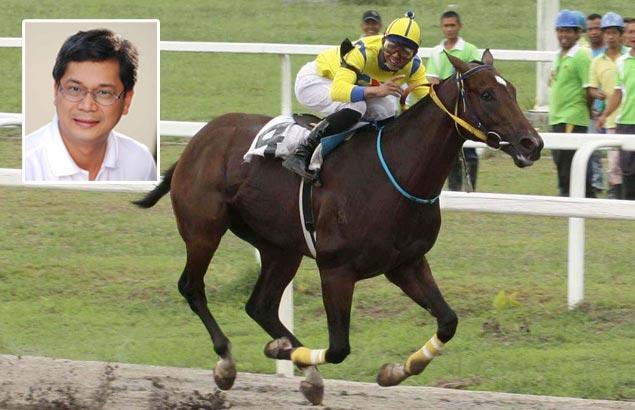Track Tales: Navigating the Terrain – A Guide to Understanding Track Conditions in Indian Horse Racing
The Turf’s Mood Ring – Decoding Track Conditions
Before you dive into the thrilling world of Indian horse racing, it’s crucial to understand that the racetrack has its own mood ring – the track conditions. Picture it as Mother Nature’s canvas, where the surface beneath the hooves can dramatically influence race outcomes.
Veteran punters will tell you: a dry, fast track is like a sprinter’s dream, while a rain-soaked, muddy one may favor the horse with the prowess of a swimmer. Understanding this mood ring is your key to unlocking strategic wagers.
The Power of Preparation – Checking Weather Reports
In the game of turf strategy, weather reports become your most trusted advisors. Are the clouds gathering, threatening to unleash a torrential downpour? Or is the sun smiling down, drying the track to a crisp?
Before placing your bets, check the weather forecast like you’re planning a picnic. Rain can turn a fast track into a slippery challenge, while a dry day may pave the way for speed demons to shine. Stay ahead of the turf’s whims, and you’ll be well-prepared for any surprises.
The Dirt Beneath Hooves – Unraveling Track Surface Types
Think of the track surface as the horseshoe’s handshake with the earth. Indian horse racing tracks come in various types – dirt, turf, and synthetic. Each has its own personality, influencing the race dynamics and the performance of the equine athletes.
Dirt tracks, common in India, can change throughout the day, from fast and dry to slower and packed. Turf tracks, with their grassy allure, may offer different challenges depending on maintenance. Synthetic tracks, a blend of materials, add an extra layer of intrigue.
Adjusting Strategies – Picking Horses to Match the Terrain
Now that you’re well-versed in the art of reading track conditions, it’s time to match horses to terrain. Imagine it as choosing shoes for an adventure – you wouldn’t wear heels for a hike, would you?
For a dry, fast track, look for horses with a reputation for speed and stamina. If rain has turned the track into a mud bath, consider horses known for their mudding prowess. Adapt your strategy like a chameleon, and you’ll find yourself making wiser wagers in the unpredictable world of Indian horse racing.
In conclusion, understanding track conditions in Indian horse racing isn’t just about being a weather buff or a soil scientist; it’s about decoding the turf’s language. The track conditions are the storytellers, narrating tales of challenges, surprises, and triumphs. So, fellow turf enthusiast, strap on your imaginary detective hat, check the weather reports, explore the track surface types, and adjust your betting strategies accordingly. May your bets be as adaptable as the conditions beneath the hooves, and may the turf tales you unravel be filled with excitement and winning finishes!



